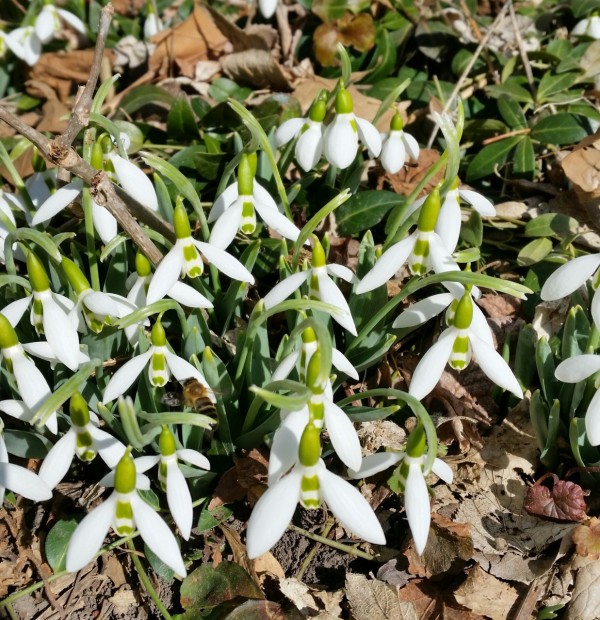Happy New Year!
Here are a few ways you can help pollinators this year. This is a resolution that will be fun and easy to keep.
Offer a Drink & a Home
Bees need water to drink. Create a water feature with rocks for insects to land. Be sure to keep birdbaths clean and change the water three times per week when mosquitoes are breeding. Build a bee house or insect hotel to provide nesting and shelter for pollinators.
Plant Native
Plant native plants in your landscape. There are so many amazing plants to choose from. Here are a few suggestions to get you started: plains coreopsis, pasque flower, pitcher sage, purple coneflower, smooth aster and rough gayfeather. Do not for get trees and shrubs!
Bloom all Season
It is important to have native flowers blooming the whole growing season. Pollinators need plants blooming March through November.
Plant Milkweed
Monarchs need our help. Provide food for monarch butterfly caterpillars. There are several milkweeds to choose from: butterfly milkweed, common milkweed, whorled milkweed and swamp milkweed.
No Chemicals
Protect pollinators by eliminating pesticides from your landscape. Plant native plants that have few pest or disease issues. Maintain a healthy soil by composting. Healthy soils produce healthy plants.
“Bee” Involved
Learn more about organizations that support pollinators such as Pollinator Partnership. You can participate in citizen scientist programs for pollinators such as Bumble Boosters-University of Nebraska, Bumble Bee Watch-Xerces Society, The Great Sunflower Project-San Francisco State University and the Monarch Larva Monitoring Project-Monarch Watch.
MJ Frogge




















